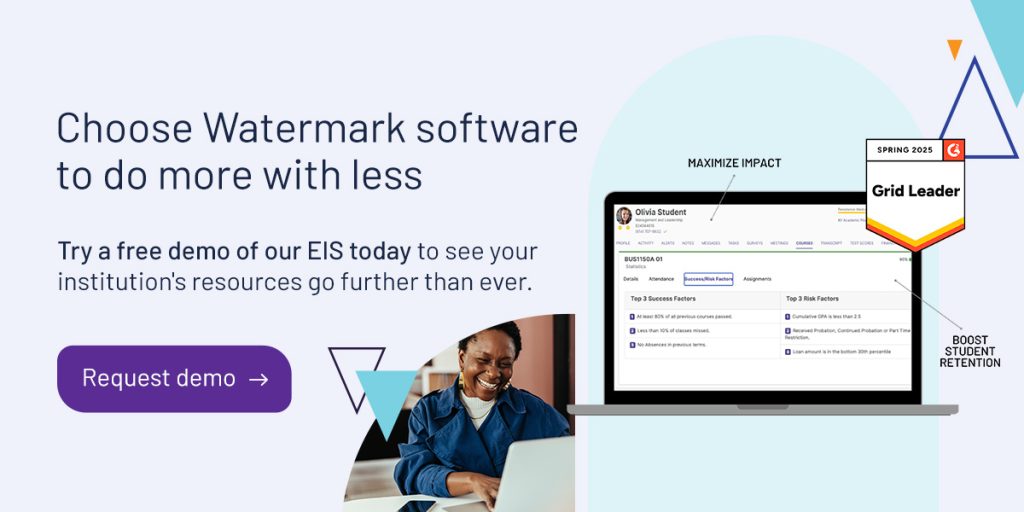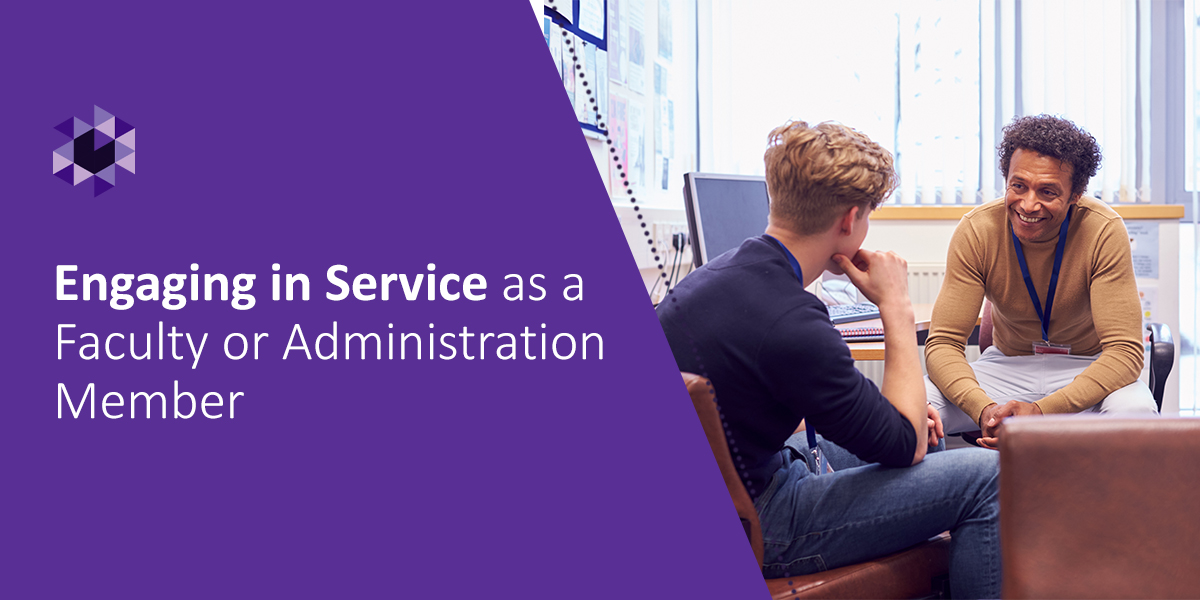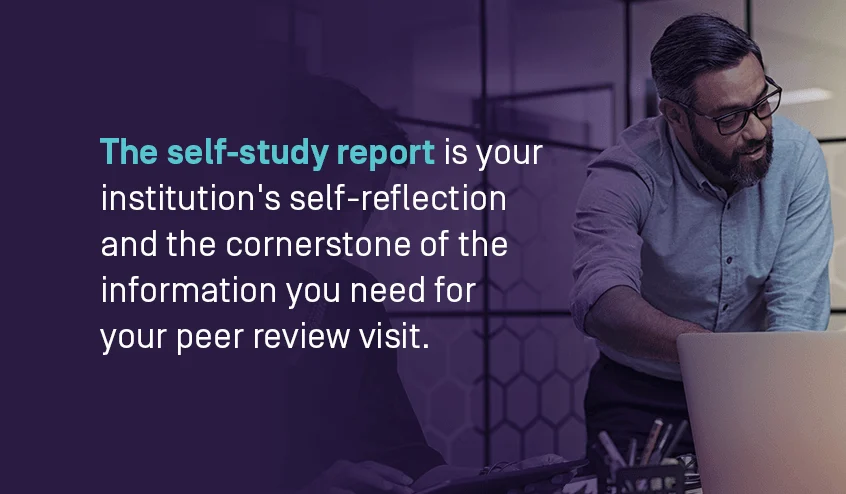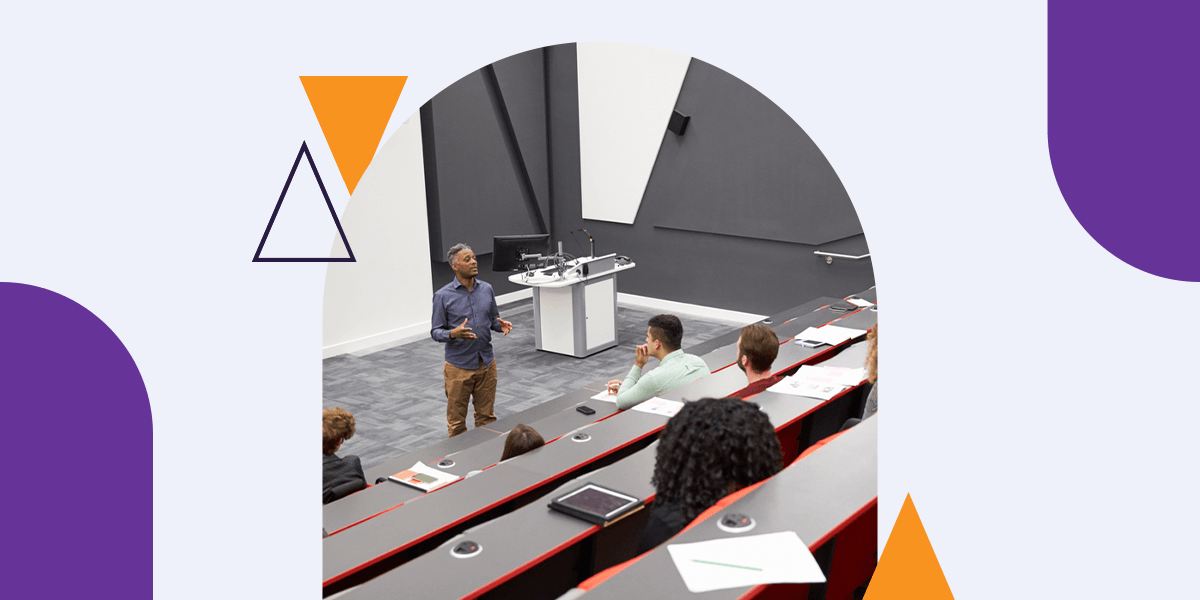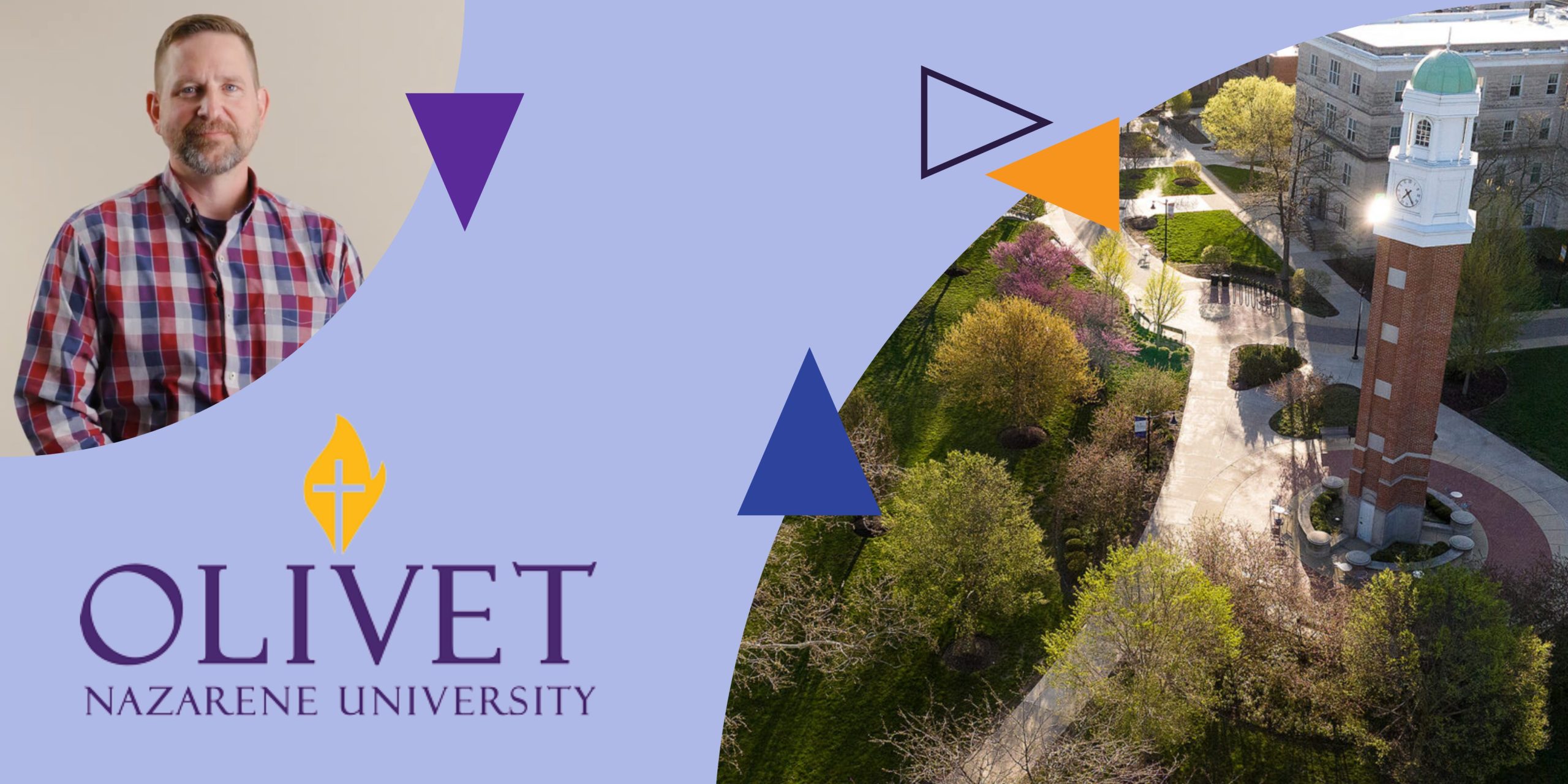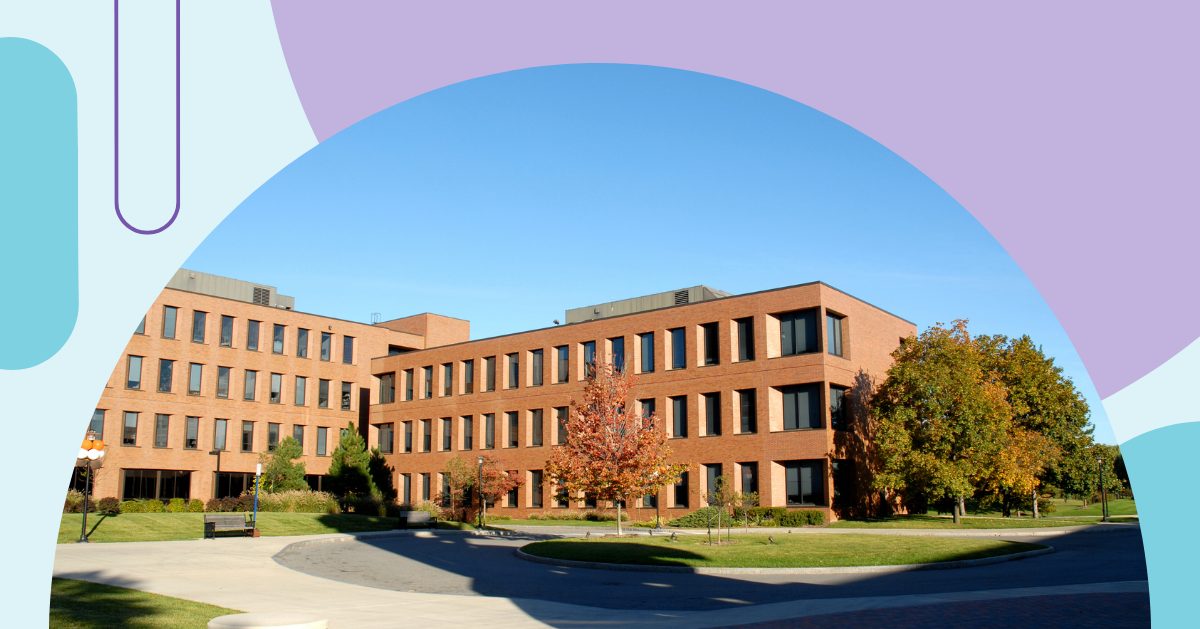
In 2025, the economic landscape for higher education continues to be shaped by declining enrollment, rising costs, budget cuts, student debt, all combined with public skepticism about higher education’s value. Years of financial and economic ambiguity has left many higher ed administrators feeling afloat in uncharted waters. But with an accurate understanding of the situation and an agile approach to resource allocation, institutions can continue to deliver high-quality education amid economic turbulence.
The top 7 economic impacts on higher education this year
Cultivating financial resilience in higher education today means planning for challenges like:
- Declining enrollment: With many institutions already experiencing an enrollment cliff, tuition revenue projections are dwindling. To keep tuition flowing, institutions must weigh up options like discounts and increased marketing expenditure.
- Increasing student debt: The burden of student debt drives many students to seek academic paths that are cheaper, faster, and more aligned with employment opportunities. Institutions that meet these needs are better positioned to stay competitive.
- Rising operational costs: Margins constrict as various costs climb, from IT infrastructure and compliance expenses to salaries and student support services.
- Funding cuts: As state and federal education budgets shrink, many institutions face difficult decisions, sometimes having to downsize programs, support services, financial aid, or faculty.
- FAFSA and financial aid uncertainty: Delays and confusion from the 2024–25 FAFSA overhaul have reduced financial aid applications, disproportionately affecting low-income and first generation students – ultimately causing disrupted enrollment pipeline and greater strain on institutional aid budgets.
- Institutional impact and layoffs: Universities, like Stanford, are responding to these myriad of economic changes with program cuts, hiring freezes, furloughs, and layoffs.
- Social skepticism: Concerns about the value of higher education credentials and perceived political biases have eroded public trust in higher ed institutions. Less than half of Americans believe a four-year degree is worthwhile, and only 22 percent believe it is worth taking out a loan to complete one.
How higher ed institutions can adapt to an uncertain economy
If you’re looking to steer your institution to success amid shifting economic tides, use these seven strategies to stay nimble.
1. Financial planning and resource optimization
Starting with a clear summary of your institutional priorities, conduct a cost analysis of all your academic and nonacademic offerings. Aim to allocate most of your financial resources to high-priority areas that deliver the most value to students. If resources are scarce, consider cutting low-priority activities or reducing funding for courses that under-deliver, including those with low section fill rates.
2. Diversifying revenue streams and partnerships
Diversifying revenue beyond tuition from conventional programs can provide a lifeline for weathering economic storms. Additional revenue streams to explore include:
- Government grants.
- Philanthropic funding.
- Alumni donations.
- Monetized social media accounts.
- Corporate sponsorships.
- Executive education.
- Building emergency fund contributions into the annual budget.
Additionally, strengthening government and community partnerships is an important way to proactively engage in change amidst policy shifts and erosion of public trust. You can do this by joining statewide coalitions to advocate for student funding needs or by increasing your visibility on public forums.
3. Demonstrating value
Persuading students and their families to invest in the abiding value of education today takes tangible evidence. You can do this by:
- Enhancing the student experience through mentorships, internship opportunities, and networking events.
- Highlighting graduate success stories, program benefits, and student outcome statistics.
- Showcasing the career pathways and earning potential associated with specific programs.
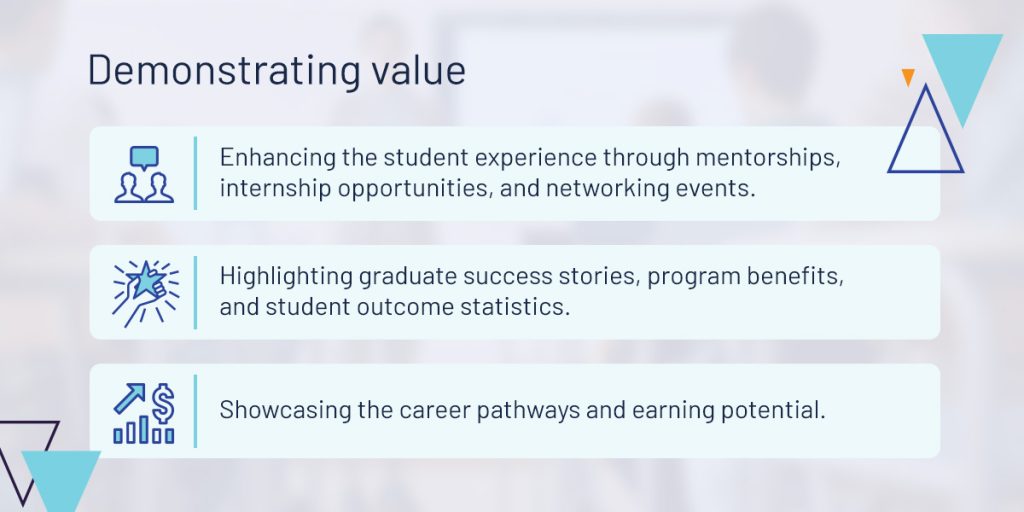
4. Workforce-aligned curricula
Improved career opportunities and earning potential are among the top reasons students enroll in higher education, and economic instability only makes these needs more urgent. Institutions have an opportunity to meet students in the midst of their financial concerns with workforce-aligned education that delivers a tangible ROI.
To seize this opportunity, use curriculum planning software that integrates labor market data to ensure your programs meet evolving industry needs. Consider presenting work-ready microcredentials to attract students who would not enroll in traditional programs because of the time and money commitments. Build connections between faculty and employers to ensure classroom learning aligns with evolving workplace trends, such as the increasing importance of AI.
5. Holistic student support
Though student support services come under scrutiny when budgets tighten, they are crucial to institutional success. Student attrition is at even higher risk when services like mental health, advising, emergency grants, and basic needs are eliminated.
One way to provide cost-effective student support is to harness predictive and prescriptive analytics to build stronger early-alert systems. These AI-powered, data-driven insights can trigger alerts for faculty when student engagement patterns indicate risks of non-completion or academic difficulties, and recommend supportive interventions. By catching needs early, you may be able to avoid more expensive interventions or revenue loss from dropouts down the line.
6. Data-driven improvement
A culture of continuous, data-driven improvement can help your institution realize its goals. This allows you to demonstrate value while informing resource allocation. To drive better decision-making, institutions can focus on centralization, transparency, and feedback. Centralize by using software that integrates with existing infrastructure to pull data from across the institution, eliminating silos and reducing blind spots. Transparency can be achieved by sharing key institutional KPIs with relevant stakeholders through customized dashboards and intuitive data visualizations, fostering trust, accountability, and collaboration. Pull it all together by leveraging course evaluations and surveys that help gauge student satisfaction and identify areas for immediate improvement.
7. Strategic technology integration
Educational and administrative technology can be a significant expense, making it vital to prioritize the technologies with the greatest impact on institutional success. Beyond short-term cost savings, look for tools that help you scale by creating engaging learning experiences, accelerating admin workflows, and informing strategic planning.
Effective use of these technologies can help your teaching and administrative faculty do better work in less time. For example, innovative student success software allows you to automate personalized communication with students based on their needs and behavior, inviting them to schedule faculty appointments from a mobile app. This way, faculty members can meet students where they are, rather than on working out which students need them most and reaching out to them manually.
Choose Watermark software to do more with less
When instability is the only economic constant, your institution’s resilience depends on agility and efficiency. When it comes down to it, monitoring and fostering student success may be the best longterm solution. Hearing direct student feedback on their learning experience and scaling those results to make real change, is an excellent first step.
Your institution can accelerate feedback turnarounds for data-driven improvement in fewer work hours with Course Evaluations & Surveys.
Take this simple step on your not-so-simple journey of navigating today’s ever-changing and uncertain economy and change your institution for the better. Try a free demo of our CES solution today.
